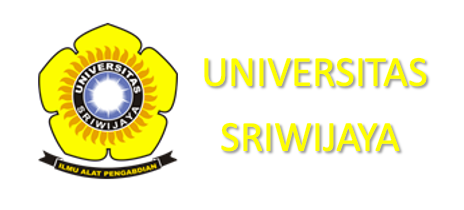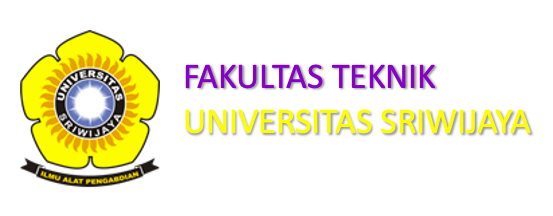ALTERNATIF PENDANAAN OPERASIONAL INFRASTRUKTUR TRANSPORTASI YANG TIDAK LAYAK (STUDI KASUS: KERETA API RINGAN (LRT) SUMSEL)
Abstract
ABSTRAK: Kereta api ringan (LRT) Sumsel telah dioperasikan pada bulan Agustus 2018 yang awalnya direncanakan akan menjadi tulang punggung pergerakan kota. Namun informasi dari Balai Kereta Api Ringan dan PT Kereta Api Indonesia (PT KAI) menyebutkan bahwa pada saat awal dibuka pendapatan dari tiket sebesar Rp.1.000.000.000 perbulan belum bisa menutup biaya opearasional sebesar Rp. 10.000.000.000 perbulan sehingga harus terus di subsidi oleh pemerintah. Agar pengoperasion kereta api ringan ini tidak terus merugi dan harus disubsidi, maka harus dicari suatu solusi yang tepat dan dapat mengatasi masalah yang ada. Beberapa solusi yang pernah diusulkan adalah menaikkan tarif/tiket, menetapkam wilayah di sekitar stasiun sebagai Transit Oriented Development (TOD) dan komersialisasi prasarana dan sarana LRT, berupa iklan dan sewa ruang. Kenaikan tarif kereta dibatasi oleh ATP/WTP, sementara penetapan stasiun sebagai TOD sudah banyak diteliti oleh para ahli. Komersialisasi asset pada sarana dan prasarana LRT masih terbuka untuk diteliti karena penelitian mengenai komersialisasai asset ini masih jarang dilakukan. Metode yang digunakan untuk menetapkan biaya iklan dilakukan dengan pendekatan ATP dan WTP dengan batas bawah adalah harga pasar yang diperoleh dari perusahaan iklan dan batas atas biaya iklan di Bandara Sultan Mahmud Badaruddin II. Hasil penelitian menunjukkan bahwa pemasukkan dari iklan dan sewa ruang cukup signifikan untuk menutupi biaya operasional LRT.
Kata Kunci: jalur LRT, stasiun, iklan, sewa ruang, tarif
ABSTRACT: The South Sumatra light train (LRT) was operated in August 2018 which was originally planned to be the backbone of the city's movement. However, information from the Light Rail Office and PT Kereta Api Indonesia (PT KAI) states that at the time of opening, the revenue from tickets was Rp. 1,000,000,000 per month could not cover operational costs of Rp. 10,000,000,000 per month so that it must continue to be subsidized by the government. So that the operation of this light rail does not continue to suffer losses and must be subsidized, it is necessary to find an appropriate solution that can overcome the existing problems. Some of the solutions that have been proposed are increasing rates / tickets, establishing the area around the station as Transit Oriented Development (TOD) and commercializing LRT infrastructure and facilities, in the form of advertisements and space leases. The increase in train rates is limited by ATP / WTP, while the designation of stations as TOD has been widely researched by experts. Asset commercialization of LRT facilities and infrastructure is still open to research because research on asset commercialization is still rarely conducted. The method used to determine advertising costs is carried out with the ATP and WTP approaches with the lower limit being the market price obtained from advertising companies and the upper limit of advertising costs at Sultan Mahmud Badaruddin II Airport. The results showed that the income from advertising and space rent was significant enough to cover the operational costs of LRT.
Keywords: LRT lines, stations, advertisements, space rental, rates





